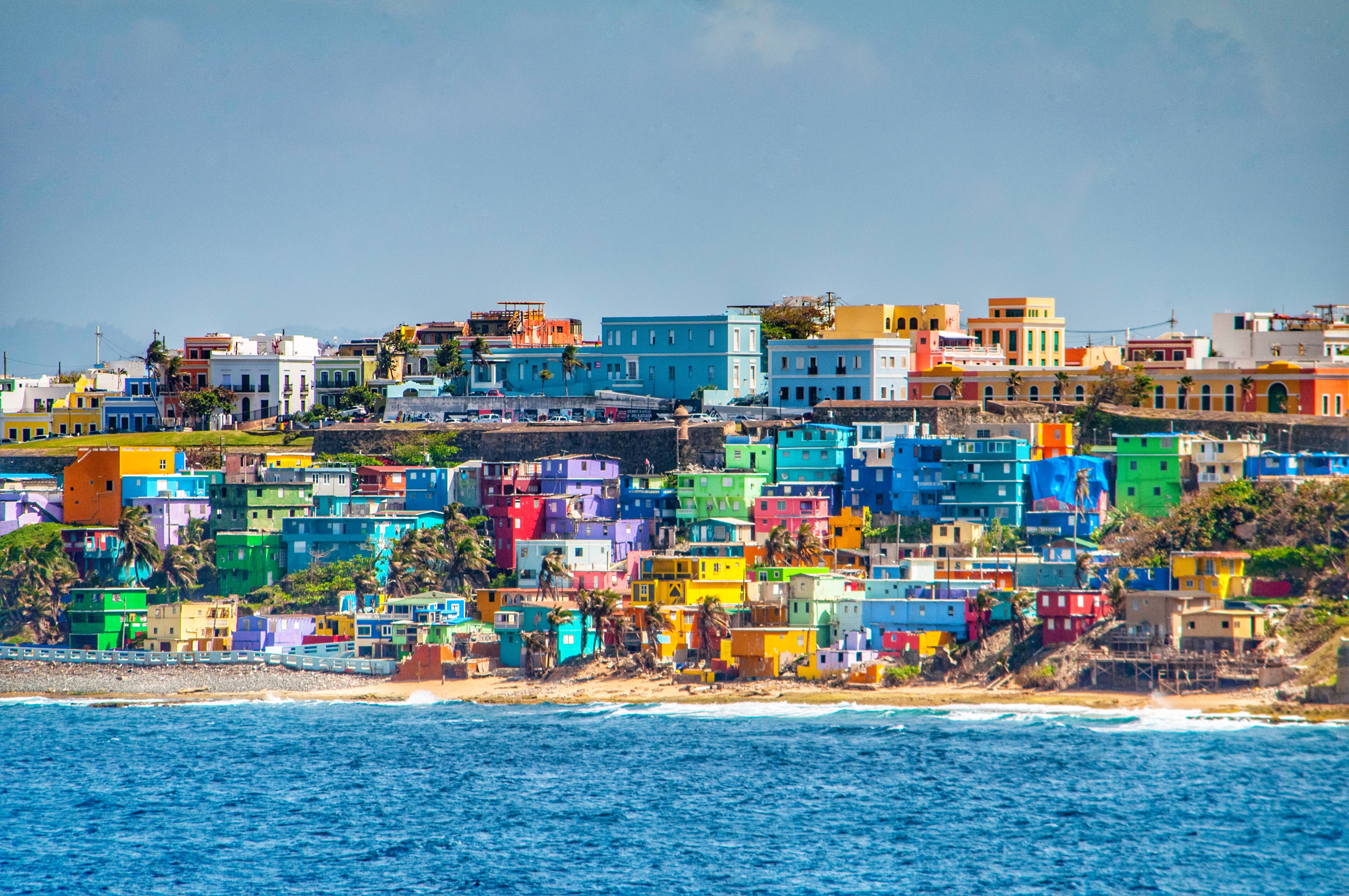History and Culture: Puerto Rico
Puerto Rico has a rich and diverse history and culture that has been shaped by its indigenous roots, Spanish colonization, and American influence. The island was first inhabited by the Taíno people, who were skilled farmers and fishermen. In the 16th century, Puerto Rico was colonized by Spain, and it remained a Spanish colony for over 400 years. During this time, the island was heavily influenced by Spanish culture, and the majority of the population adopted the Spanish language and religion.
In the late 19th century, Puerto Rico was ceded to the United States as a result of the Spanish-American War. The island became a U.S. territory, and it remains so to this day. Puerto Rico has a unique political status, and its relationship with the United States is often debated.
Puerto Rico, an enchanting island in the Caribbean, boasts a rich cultural heritage and breathtaking natural beauty. One of its most fascinating natural phenomena is beryl puerto rico , a rare and precious gemstone found in the mountains of the island.
Puerto Rico’s diverse ecosystem and unique geological formations have created the perfect conditions for the formation of this exquisite gem.
Indigenous Roots
The Taíno people were the original inhabitants of Puerto Rico. They were a skilled and organized society, and they had a rich culture that included art, music, and dance. The Taíno people were also skilled farmers and fishermen, and they were able to sustain a large population on the island.
Spanish Colonization
In 1508, Juan Ponce de León claimed Puerto Rico for Spain. The Spanish quickly established a colony on the island, and they began to exploit its resources. The Spanish also brought their culture and religion to Puerto Rico, and the majority of the population adopted the Spanish language and religion.
American Influence, Puerto rico
In 1898, Puerto Rico was ceded to the United States as a result of the Spanish-American War. The island became a U.S. territory, and it remains so to this day. Puerto Rico has a unique political status, and its relationship with the United States is often debated.
Current Political Status
Puerto Rico’s current political status is a complex issue. The island is not a state, but it is also not a fully independent country. Puerto Ricans are U.S. citizens, but they cannot vote in presidential elections. There are three main options for Puerto Rico’s future: statehood, independence, or continued commonwealth status.
Puerto Rico, a beautiful island in the Caribbean, has faced its share of natural disasters. One such event was Hurricane Beryl, which passed near the island in 2018. To learn more about the path of Hurricane Beryl, you can visit this website.
The hurricane brought heavy rains and strong winds to Puerto Rico, causing significant damage. However, the island’s resilient spirit shone through as its people worked together to rebuild and recover.
Natural Beauty

Puerto Rico is a natural paradise, boasting an array of breathtaking landscapes that will leave you in awe. From pristine beaches to lush rainforests and majestic mountains, the island’s natural beauty is simply unparalleled.
Puerto Rico is home to a unique biodiversity, with over 4,000 plant species, 300 bird species, and 20 reptile species. The island’s fragile ecosystems are protected through various conservation efforts, ensuring the preservation of its natural wonders for generations to come.
Top Tourist Destinations
Puerto Rico offers a wide range of tourist destinations that showcase its natural beauty. Some of the top attractions include:
- El Yunque National Rainforest: A lush rainforest with towering trees, cascading waterfalls, and abundant wildlife.
- Vieques Biosphere Reserve: A stunning island with pristine beaches, coral reefs, and bioluminescent bays.
- Culebra National Wildlife Refuge: A secluded island with pristine beaches, crystal-clear waters, and a rich marine life.
- Cabo Rojo National Wildlife Refuge: A coastal refuge with salt flats, mangrove forests, and a diverse array of bird species.
- Camuy River Cave Park: An extensive cave system with underground rivers, sinkholes, and stunning rock formations.
Food and Drink

Puerto Rico’s vibrant culinary scene reflects its rich cultural heritage, blending Spanish, African, and Caribbean influences. From hearty stews to tropical fruits, the island offers a diverse array of flavors.
Traditional Puerto Rican Dishes
Puerto Rican cuisine showcases a delectable range of traditional dishes:
- Mofongo: A savory mash of plantains, often served with meat, seafood, or vegetables.
- Arroz con gandules: A flavorful rice dish with pigeon peas, sofrito, and meat.
- Lechón asado: Slow-roasted pork shoulder, a staple of Puerto Rican celebrations.
- Empanadillas: Fried or baked turnovers filled with various fillings, such as beef, chicken, or cheese.
- Tostones: Twice-fried green plantains, a popular side dish.
Coffee Culture
Coffee holds a special place in Puerto Rican culture. The island produces high-quality beans, and coffee shops are ubiquitous. Here’s a guide to some of the best coffee shops in San Juan:
- Café Cuatro Sombras: Known for its artisanal coffee and cozy atmosphere.
- Café Colao: A popular spot for strong coffee and local pastries.
- Don Ruiz Coffee Roasters: A specialty coffee shop offering a variety of brewing methods.